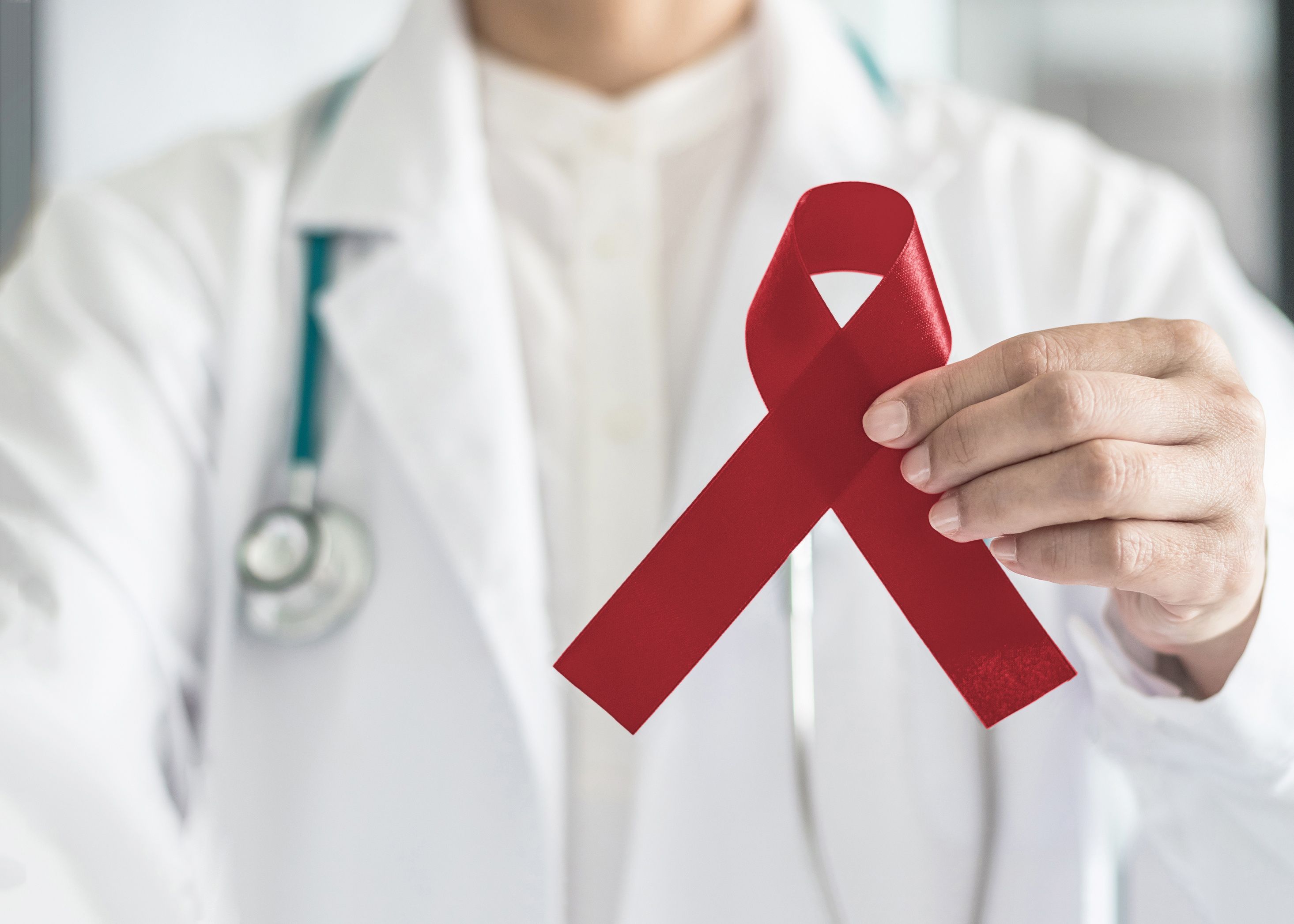Video
Defining Quality Care for Patients with MPNs
Current care initiatives and opportunities to improve care for patients with MPNs are explored by Dr Howe.
Ryan Haumschild, PharmD, MS, MBA: With that process in mind, are there any other key considerations that you think about in the MPN [myeloproliferative neoplasm] space for these patients that you’re constantly trying to improve or you think are still opportunities in the future?
Jeff A. Gilreath, PharmD: You brought up a great point with the abandonment rate. A lot of times, patients with ET [essential thrombocythemia] or PV [polycythemia vera] may be diagnosed based on routine blood tests performed by their primary care provider. They may not have any symptoms, so convincing them to take a medication to treat a laboratory abnormality isn’t always the easiest thing to do. We need to educate patients on the adverse sequelae that can result from an untreated condition, which in this case is frequently thrombosis, which could be life-threatening. Education goes a long way in terms of keeping people adherent to therapy, especially when the medication that we advise that they take could have adverse effects that might interrupt their lifestyle.
Ryan Haumschild, PharmD, MS, MBA: Those are great comments. As we develop this, I want to start getting down to what some of those goals are. Sharita, I’m going to look to you because you’ve done a lot of work around MPNs and you’re very passionate about the disease state in your patients. What are some of the goals that you’re currently working on around MPNs? Where do you think the goals will be shifted in the future as you look to create new quality initiatives?
Sharita Howe, PharmD: Our goals revolve around keeping the patients on therapy. At our institution, what we’re doing in the pharmacy—this is only on the pharmacy level—is assessing these patients monthly to evaluate these symptoms. Then the symptoms are reported to the physician or nurse team. Monthly, if we have a newly diagnosed patient starting on hydroxyurea [Hydrea] for either PV or ET, or if they’re started on Jakafi [ruxolitinib] or another medication, we’re educating these patients at multiple points in our practice. They get education at the physician level. They also get education with 1 of our APPs [advanced practice providers] during the consent appointment. Then the pharmacy is also following up with education.
From there, once these patients are on therapy, we’re making sure to evaluate these patients monthly for symptom management of the medication. We’re asking them if they’ve had a fever and if they’re having any leg ulcers with Hydrea. We’re asking them if they’re having any fatigue. We’re assessing these patients for that.
Then what we’ve recently started doing is assessing them every 3 months using the MPN-SAF TSS [Myeloproliferative Neoplasm Symptom Assessment Form Total Symptom Score] scale. What we’re looking at is, are they having any issues with feeling full early? Are they having any issues with fatigue? Are they having any new brain fog? Are they having night sweats? We’re starting to evaluate these patients and then add that as part of the patient chart. That way, when patients are seen for their appointments, the doctors have something they can reference. “It looks like you’ve had this conversation with the pharmacy.” From there, they can add that information into the information that they’re collecting from the patients during their visit.
The goal of this initiative is to be the liaison of that information. When we were initially going in the charts, we noticed that we weren’t using a tool to assess patient symptoms. We would ask them a couple of questions about their symptoms, but we weren’t grading it on a 1-to-10 scale. But when you do that, it gets the patients thinking about the symptoms that they’re having. We’re able to then show this information to the physician. We’re able to decide whether a patient who’s newly diagnosed and started on treatment is tolerating the treatment. We’re able to determine if they’re stable on the treatment or starting to become intolerant. That’s the goal of our MPN initiative that we started at our practice, to be able to home in on that information and give our patients the best experience possible using the entire team, including physicians, nurses, and pharmacists.
Ryan Haumschild, PharmD, MS, MBA: What an intentional strategy to improve patient care. That’s awesome. Thank you for sharing.
Transcripts edited for clarity.
Newsletter
Stay informed on drug updates, treatment guidelines, and pharmacy practice trends—subscribe to Pharmacy Times for weekly clinical insights.






